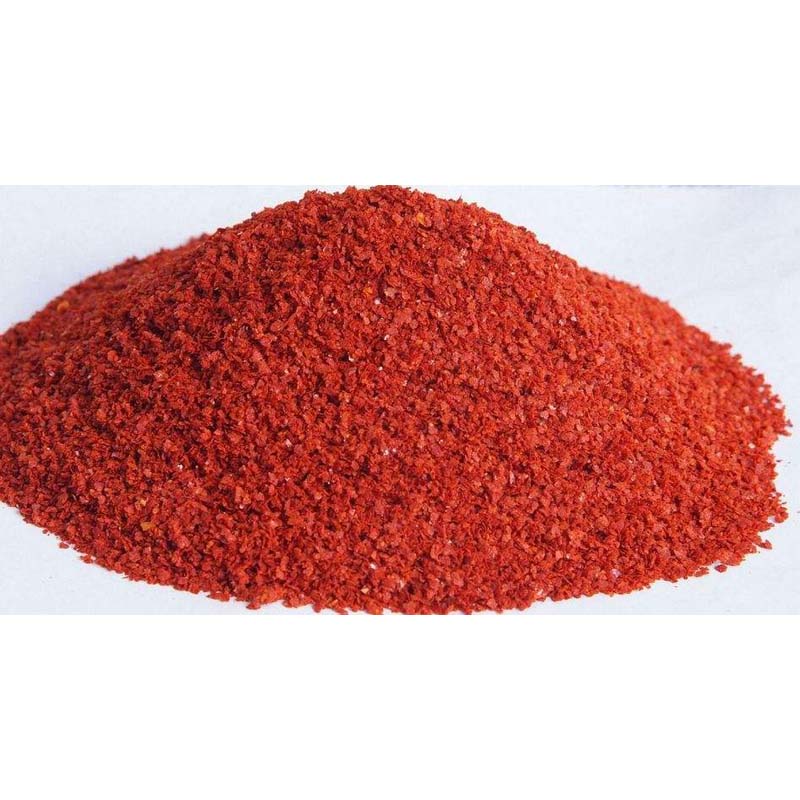- No. 268 Xianghe Street, Economic Development Zone of Xingtai city, Hebei 054001 China
- Byron@hbhongri.cn
Exploring the Flavor Profiles of Cayenne Pepper and Paprika in Culinary Creations
The Spicy World of Cayenne Pepper and Paprika
In the vast realm of culinary delights, few spices evoke as much passion and intrigue as cayenne pepper and paprika. These vibrant spices not only add flavor and color to a variety of dishes but also bring with them a long history steeped in tradition and cultural significance. While they share some similarities, they are distinct in flavor profiles, heat levels, and culinary uses.
Cayenne Pepper A Fiery Kick
Cayenne pepper, derived from the Capsicum annuum plant, is known for its intense heat and bright red color. The spice is made from dried and ground cayenne peppers, which are often rated between 30,000 to 50,000 Scoville Heat Units (SHU). This high level of heat makes cayenne a favorite among those who enjoy a fiery kick in their meals.
The presence of capsaicin, the compound responsible for the spicy heat, is not just about flavor; it also has numerous health benefits. Research suggests that capsaicin may aid in weight management, improve metabolism, and possess anti-inflammatory properties. Additionally, cayenne pepper has been used in traditional medicine for centuries, believed to promote digestion and relieve pain.
In culinary applications, cayenne pepper is a versatile ingredient that can enhance anything from soups and stews to meats and marinades. A dash can elevate the flavor profile of a mundane dish, creating a rich tapestry of taste. However, caution is advised, as a little goes a long way!
Paprika The Sweet and Smoky Alternative
In contrast, paprika is derived from a variety of Capsicum annuum peppers, and its flavor ranges from sweet to smoky to hot, depending on the type of peppers used. Its Scoville ratings can vary significantly, typically from 100 to 2,000 SHU. This makes paprika a more versatile spice that caters to a broader range of palates, from those who favor milder flavors to those who enjoy a hint of heat.
cayenne pepper and paprika

Paprika is a staple in many cuisines, particularly in Hungarian and Spanish dishes. Hungarian paprika, known for its vibrant red color and sweet flavor, is a key ingredient in the famous dish goulash. Spanish paprika, on the other hand, is often smoked and used in chorizo, imparting a deep, smoky flavor that can transform dishes like paella.
In addition to its culinary uses, paprika is rich in antioxidants and vitamins, particularly vitamin E. It is believed to promote cardiovascular health and may even have anti-inflammatory properties. The unique flavor and health benefits of paprika make it a beloved spice around the world.
Culinary Fusion How to Use Both
Both cayenne pepper and paprika can be used creatively in the kitchen to enhance flavors without overpowering the dish. For example, cayenne can be added to a kicky chili or a spicy seafood dish, while paprika can be sprinkled on roasted vegetables or used as a garnish for deviled eggs.
A delightful culinary fusion can be achieved by combining both spices. A sprinkle of paprika can temper the heat of cayenne in a dish, creating a balanced flavor profile. Consider a recipe for spicy paprika chicken, where the heat of cayenne pepper melds beautifully with the sweetness of paprika, creating a dish that is both flavorful and satisfying.
Conclusion
In conclusion, cayenne pepper and paprika are both exceptional spices that elevate the art of cooking. Their unique flavors, health benefits, and versatility make them indispensable in the culinary world. Whether you prefer the intense heat of cayenne or the sweet, smoky notes of paprika, incorporating these spices into your meals can lead to delicious discoveries and a more vibrant dining experience. So next time you’re seasoning your dish, consider reaching for these spicy staples to add an extra layer of flavor and passion to your cooking!
-
Turmeric Rhizome Powder: A Golden Treasure from Roots to TableNewsJul.28,2025
-
The Versatile Application Of Crushed Red Hot Peppers: Lighting Up The Red Flames On The Dining TableNewsJul.28,2025
-
The Paprika: A Touch Of Vibrant Red In Color, Flavor, And CultureNewsJul.28,2025
-
Ground Turmeric: A Modern Examination of an Ancient SpiceNewsJul.28,2025
-
Capsicum Liquid Extract: Features, Applications, and ChallengesNewsJul.28,2025
-
Application of Capsicum Liquid Extract in FoodNewsJul.28,2025







